The new capacitive sensor system capaNCDT 6228 is designed to conduct measurement tasks in ambient temperatures of up to +800 °C. The powerful controller can handle up to four CSE/HT series high-temperature sensors at the same time. The integrated high-temperature sensor cable reduces interference from electric and magnetic fields. The data collected is also transmitted in both analog and digital forms through current interfaces like Ethernet and EtherCAT.
Characteristics
- Analog output 0 ... 10 V / 4 ... 20 mA
- Digital interface: Ethernet (with controller DT6228) / Ethernet and EtherCAT (with controller DT6238)
- Frequency response 1 kHz (-3 dB)
- Precise distance measurement at extreme ambient temperatures from -50 °C to 800 °C
- Resolution from 10 nm
- Synchronization of more than four measuring channels with controller DT6238
- Up to four measuring channels per controller
Highest Precision at Extreme Temperatures
Measurements at ambient temperatures ranging from -50 °C to +800 °C are performed using the capaNCDT CSE/HT high-temperature sensors. The measuring system produces accurate findings even under difficult environmental circumstances because of its outstanding temperature stability and remarkably high linearity. Furthermore, a measuring range of 1 mm to 20 mm is covered by the various sensors.
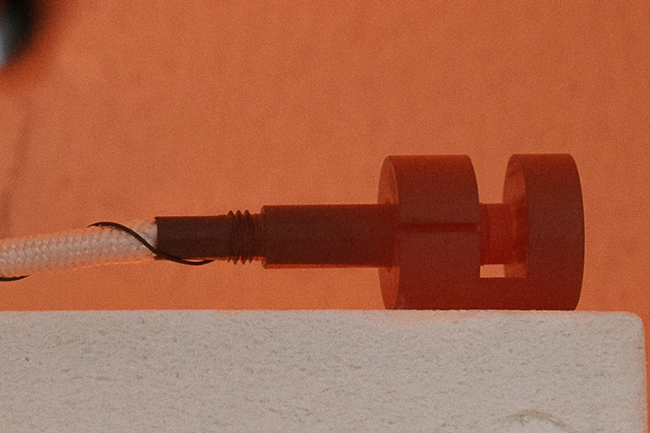
Image Credit: Micro-Epsilon
Ideal for Distance and Thickness Measurements at High Ambient Temperatures
Among other things, the capaNCDT 6228 is used to check the level of float glass and measure the thickness of glowing brake discs from two sides. Furthermore, high-precision measurement is made possible by the exceptionally strong temperature stability.
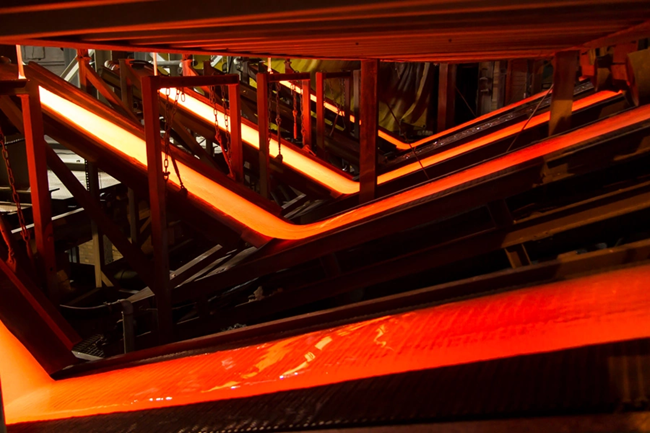
Image Credit: Micro-Epsilon
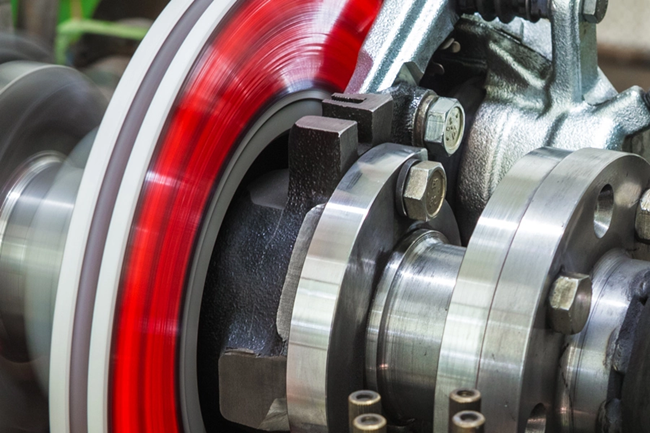
Image Credit: Micro-Epsilon
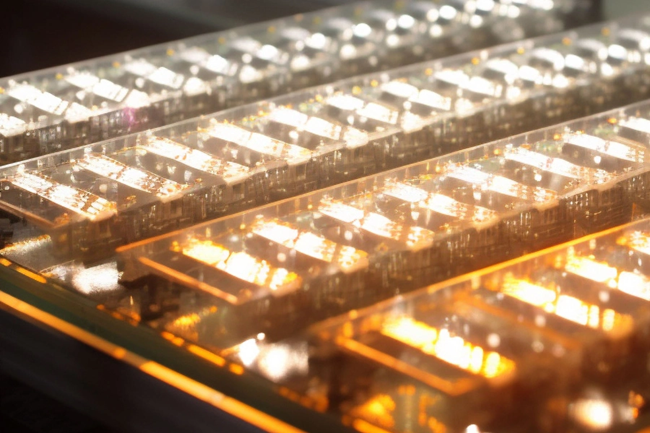
Image Credit: Micro-Epsilon
Ease of Use Via Web Interface
The intuitive web interface eliminates the need for additional software to configure the controller and sensors. Accessible via Ethernet, this interface includes comprehensive settings for the capaNCDT 6228 / 6338, allowing for straightforward customization of filters, arithmetic operations, and other parameters directly on the controller.
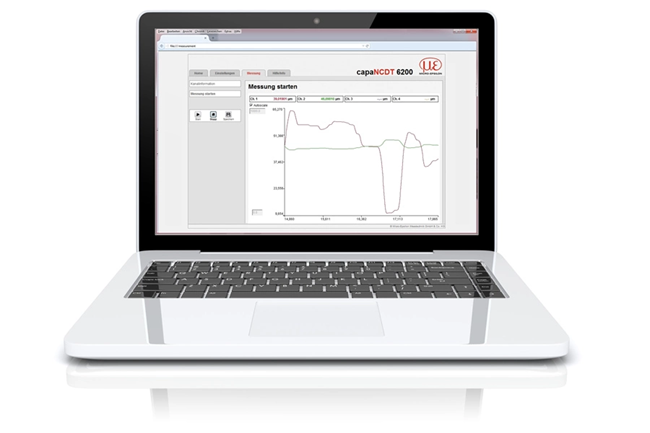
Image Credit: Micro-Epsilon